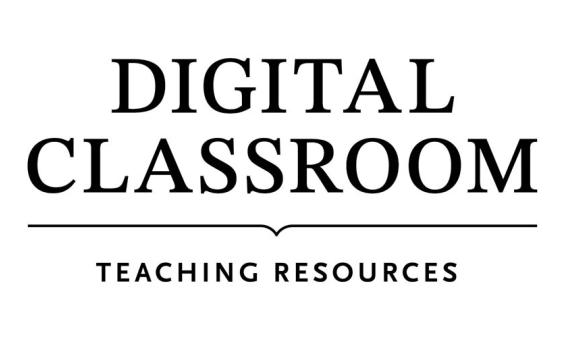Digital Classroom
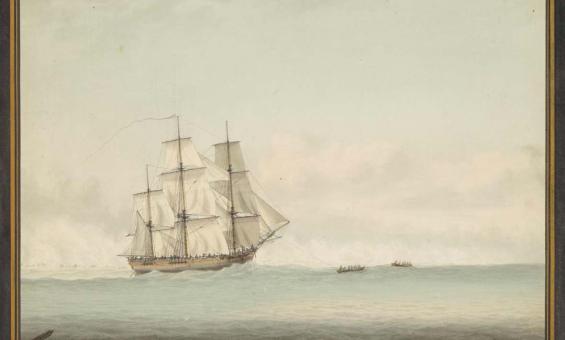
Samuel Atkins, (1794), HMS Endeavour off the coast of New Holland, nla.gov.au/nla.obj-135273911
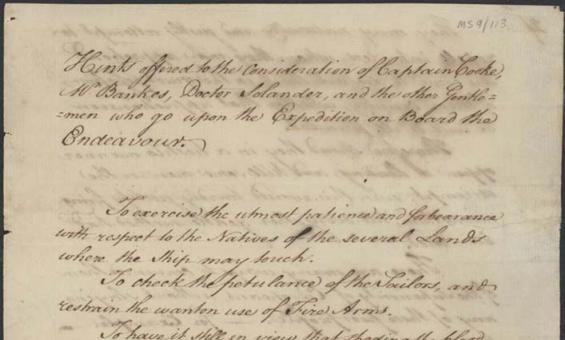
Joseph Banks, Papers of Sir Joseph Banks, 1745-1923 (bulk 1745-1820), nla.gov.au/nla.obj-223065342
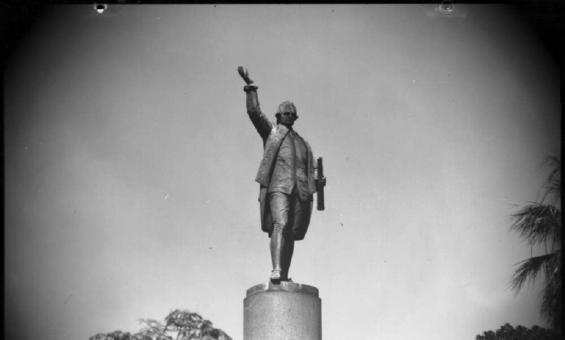
Frank Hurley & Thomas Woolner, Captain Cook's Statue, Hyde Park, Sydney, 1, 1910, nla.gov.au/nla.obj-160162538

Frank Hurley & Thomas Woolner, Captain Cook's Statue, Hyde Park, Sydney, 1, 1910, nla.gov.au/nla.obj-160162538
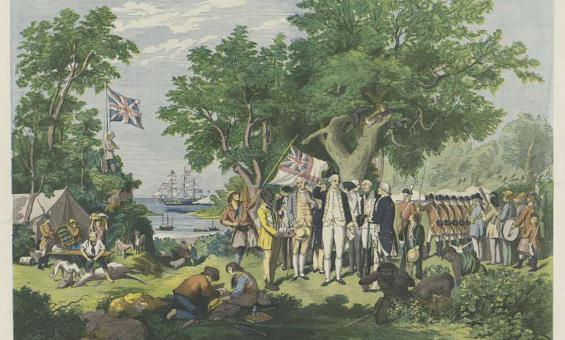
Calvert, Samuel & Gilfillan, J. A., Captain Cook taking possession of the Australian continent on behalf of the British crown, AD 1770, under the name of New South Wales, 1865, nla.gov.au/nla.obj-135699884
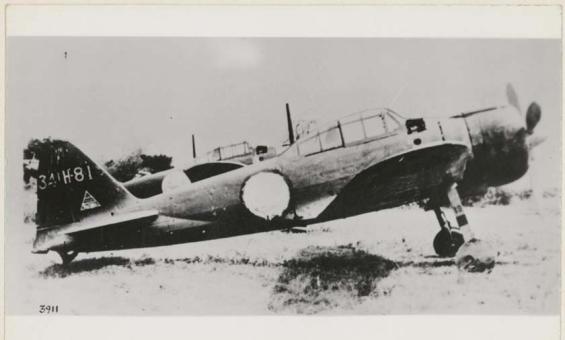
(1940). Mitsubishi A6M Zero-Sen, a Japanese single seat monoplane fighter, ca. 1940 [picture]. nla.gov.au/nla.obj-144931273
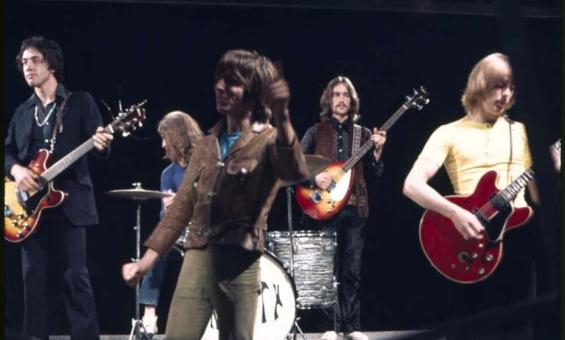
Stephen Fleay, The Easybeats rehearsing at the CBN 8 and CWN 6 television studios, Orange, New South Wales, 1970, nla.gov.au/nla.obj-151176759
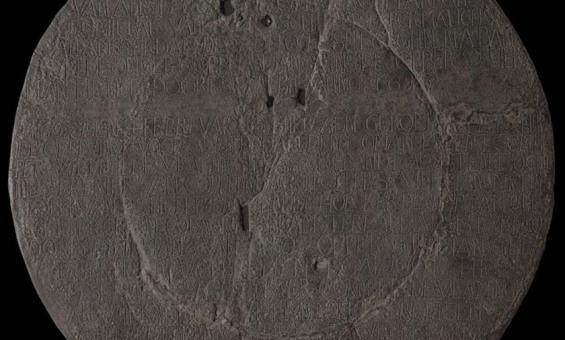
(1950). [Replica of the Vlamingh Plate] [realia]. nla.gov.au/nla.obj-135734827
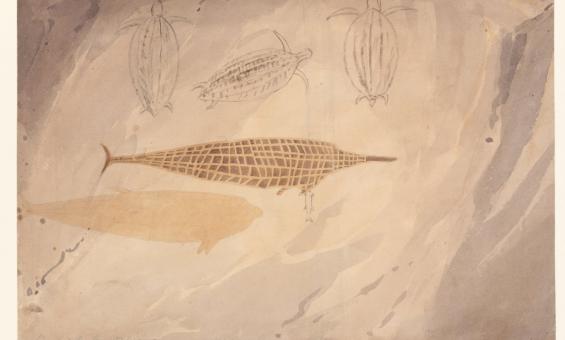
William Westall, Chasm Island, native cave painting, 1803, nla.gov.au/nla.obj-138890494
